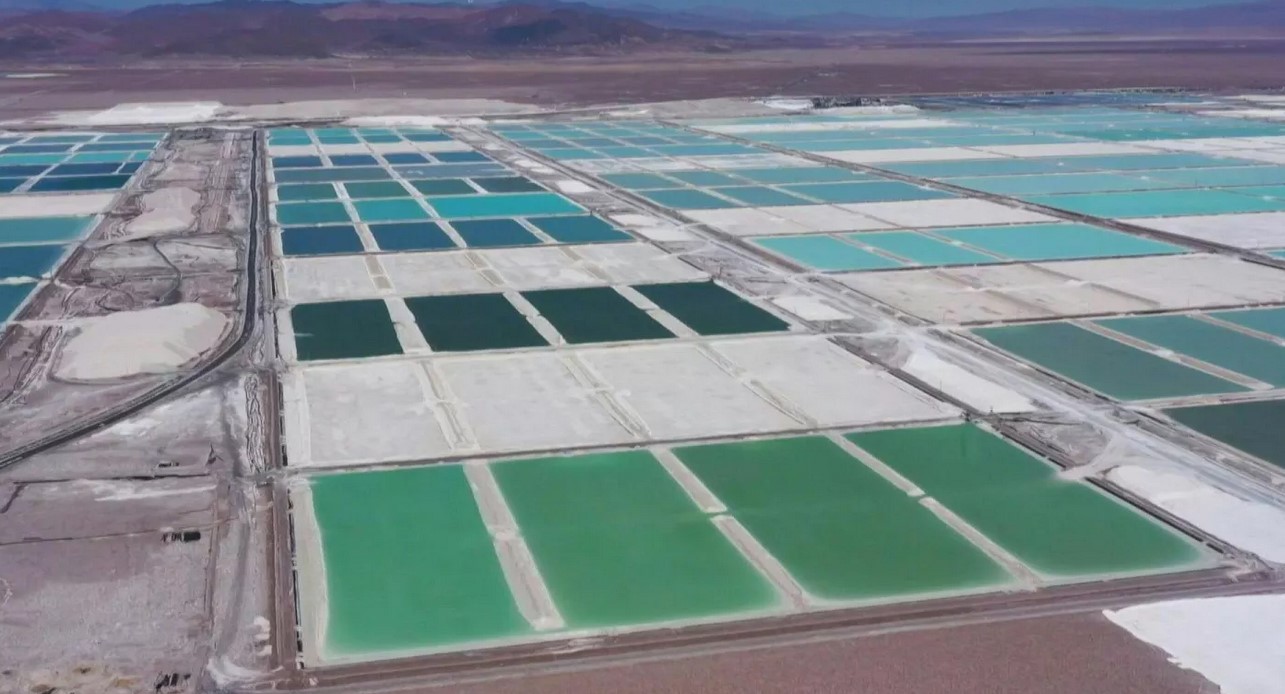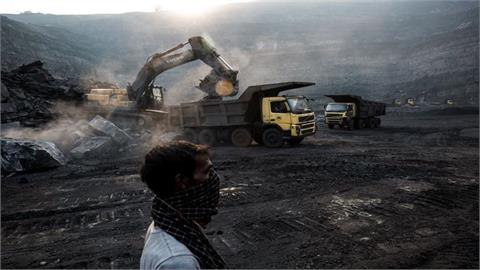by Ali Rahman and Leland Lazarus In the vast, almost haunting expanse of the high Argentine desert, beneath layers of brine and time, lies an element that could easily be mistaken for table salt. Yet, this mineral holds the key to power electric vehicles, cell phones, and the whole green energy revolution. They call it “white gold” – lithium
The Cauchari-Olaroz mine, located in Argentina’s Jujuy province, promises to churn out 40,000 tons of lithium over the next 40 years. But more riveting than the mineral is the strange corporate partnership extracting it. The mine is jointly owned by Canada’s Lithium Americas and China’s Ganfeng Lithium.
As the United States and China compete globally, Western companies are seeking ways to “decouple” or “de-risk” from their erstwhile Chinese counterparts. Every company is feeling the ripples, especially those in the global hunt for critical minerals. But in this tempest, an oasis emerges: South America’s Lithium Triangle, encompassing Argentina, Bolivia, and Chile. The Canadian-Chinese mining venture at Cauchari-Olaroz typifies the continued China-West collaboration in South America’s lithium heartland. But in the age of strategic competition, how long will this tango last?
Chinese, Western, and Local Collaborations
Over the past five decades, Chinese mining companies like Ganfeng, Tianqi, and Zijin have gained partial or majority control over critical mineral mines around the world. Examples include CMOC’s 80 percent stake in the largest cobalt mine in the Democratic Republic of Congo, and Chinese companies’ massive investment in Indonesia’s nickel industry. Lithium is no exception; Chinese companies purchased half of all the world’s largest lithium mines put on the market since 2018.
Chinese businesses also aggressively invested in “junior mining companies,” daredevil entities that take on the risks of uncovering nature’s buried treasures. Typically birthed in the mining cradles of Canada and Australia and nursed on their respective stock exchanges, these junior miners are always thirsty for capital. And Chinese financiers were all too happy to step in when Western investors were busy swooning over the latest tech ventures.
A third strategy is to enter into joint ventures with Western and local companies. In Australia, Tianqi has a 51 percent stake in Greenbushes, the largest lithium mine in the world; U.S.-based company Albemarle owns the other 49 percent. Ganfeng acquired a significant stake in Mt Marion, another big lithium mine, along with Australian company Mineral Resources. The irony is that Australian miners, who churn out more than half of the world’s lithium, end up sending almost all of it to China, where nearly all the world’s refining capacity resides.
South America is also replete with these kinds of multinational partnerships. In Chile, Tianqi purchased a 23 percent stake in the country’s largest lithium producer, SQM, and is looking to increase that stake. Chinese electric car maker BYD is working on a $290 million lithium cathode battery production factory in northern Chile.
In Argentina, Ganfeng and Lithium Americas share ownership of the Cauchari-Olaroz lithium mine. Ganfeng is the majority owner of Argentine Minera Exar, and recently bought local Lithea Inc from Argentine oil company PlusPetrol for $962 million. Zijin is currently courting Argentina’s state-run firm YPF to build a lithium battery cathode plant in Catamarca province, and already owns the Tres Quebradas lithium mine. Chinese carmakers Chery and Gotion are drawing up blueprints for a $400 million EV battery and car factory in Jujuy province.
And in Bolivia, Chinese consortium CATL won the bid by Bolivian state-owned YLB to construct two lithium carbonate plants in the Uyuni salt mine for $1.4 billion. Chinese company CITIC Guoan and Russian Uranium One Group will pool together an identical sum to construct two more lithium plants in Pastos Grandes.
The Great Decoupling
When COVID-19 spread throughout the world, it exposed just how vulnerable Western countries’ supply chains were to China. Since then, U.S. policymakers, along with counterparts in partner countries, have been trying to “decouple” or “de-risk” key supply chains from China. Now, for several private companies, collaborating with Chinese counterparts in industries vital to national security has become akin to playing with fire.
Canada is a case in point. On July 31, 2023, Lithium Americas decided to split its North American and Argentine operations, most likely to shield the North American division from working with Ganfeng in the Cauchari-Olaroz project. A year prior, the Canadian government directed three Chinese entities to divest from Canadian junior mining companies, which included a Canadian-run lithium mining project in Chile. It’s part of the Investment Canada Act, which will review foreign investments in sensitive industries, similar to the Committee on Foreign Investment in the United States.
Meanwhile, Australia is seeking to break its dependence on China by boosting its own domestic capacity to refine lithium spodumene into lithium phosphate salt to sell directly to the United States and other customers. In February 2023, the Australian government blocked the Yuxiao Fund from doubling its stake in Australian mining company Northern Minerals on grounds of national security.
(continue reading in thediplomat.com, October 23, 2023)




